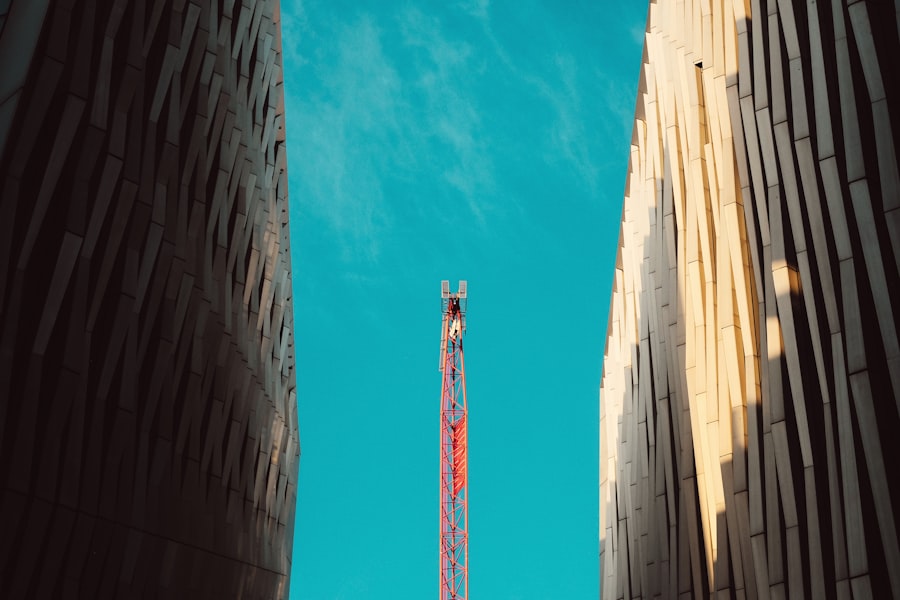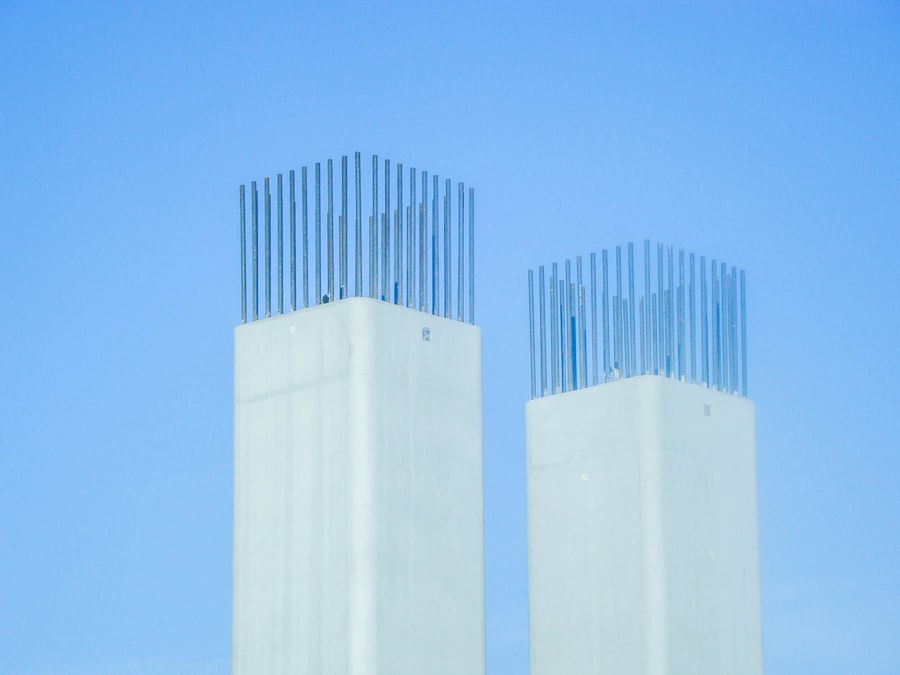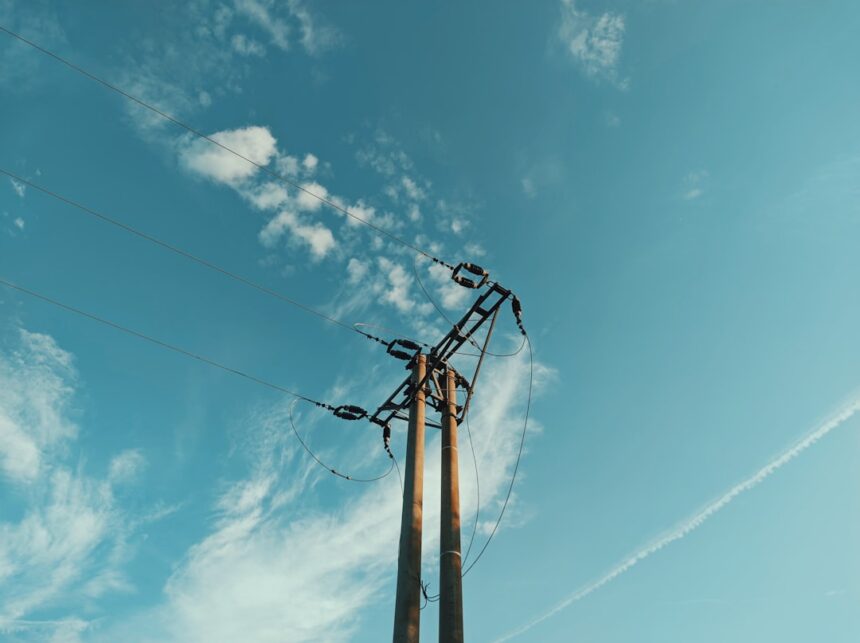Vladimir Putin’s ascent to power in Russia marked the beginning of a new political era characterized by a centralized authority often referred to as the “Power Vertical.” This term encapsulates the hierarchical structure of governance that Putin has meticulously crafted since he first took office in 1999. The Power Vertical is not merely a political framework; it represents a comprehensive system that integrates various state institutions, economic interests, and social dynamics under a singular vision of governance. This article delves into the intricacies of Putin’s Power Vertical, exploring its origins, structure, and the multifaceted roles played by different actors within this system.
The concept of the Power Vertical has become synonymous with Putin’s leadership style, which emphasizes control, stability, and the consolidation of power. It reflects a departure from the chaotic political landscape of the 1990s, where oligarchs and regional leaders wielded significant influence. Instead, Putin’s approach has sought to re-establish a strong central authority capable of directing the nation’s course.
This article will examine how this system has evolved over time, its implications for Russian society and politics, and the challenges it faces both domestically and internationally.
Key Takeaways
- Putin’s Power Vertical is a term used to describe the centralized and hierarchical system of governance established by Vladimir Putin in Russia.
- The Power Vertical has its origins in Putin’s efforts to consolidate power and control after the chaotic years following the collapse of the Soviet Union.
- The structure of Putin’s Power Vertical includes the presidency, the government, the security services, and the ruling United Russia party.
- Oligarchs and business elites play a significant role in supporting and maintaining Putin’s Power Vertical through their close ties to the government and financial contributions.
- The influence of security services, such as the FSB and the military, is crucial in maintaining Putin’s Power Vertical through surveillance, intelligence gathering, and suppression of dissent.
The Origins and Evolution of Putin’s Power Vertical
The roots of Putin’s Power Vertical can be traced back to the tumultuous years following the collapse of the Soviet Union. The 1990s were marked by economic hardship, rampant corruption, and a lack of coherent governance. During this period, various oligarchs emerged, amassing wealth and power while often operating outside the bounds of the law.
This chaotic environment set the stage for Putin’s rise as a stabilizing force. When he became president in 2000, he inherited a fragmented political landscape that required immediate attention and restructuring. Putin’s initial focus was on restoring order and reasserting state control over key sectors of the economy.
He implemented a series of reforms aimed at centralizing power within the Kremlin, diminishing the influence of regional leaders and oligarchs who had previously dominated Russian politics. Over time, this consolidation evolved into a more sophisticated system where loyalty to the state became paramount. The Power Vertical began to take shape as Putin established a network of loyalists in key positions across various branches of government, ensuring that his directives were executed without question.
The Structure and Components of Putin’s Power Vertical

At its core, Putin’s Power Vertical is characterized by a top-down governance model that prioritizes centralized decision-making. The structure is designed to ensure that all levels of government are aligned with the Kremlin’s objectives. This hierarchy includes federal authorities, regional governors, and local administrations, all operating under the watchful eye of Moscow.
The federal government retains significant control over regional budgets and policies, effectively limiting the autonomy of local leaders. The components of this Power Vertical extend beyond mere political structures; they encompass various institutions that play critical roles in maintaining stability and control. The executive branch is bolstered by a robust legislative framework that often rubber-stamps presidential initiatives.
Additionally, the judiciary is perceived as lacking independence, further reinforcing the Kremlin’s dominance over legal matters. This intricate web of institutions creates an environment where dissent is stifled, and alternative political voices are marginalized.
The Role of Oligarchs and Business Elites in Putin’s Power Vertical
| Aspect | Metrics |
|---|---|
| Control of key industries | Percentage of oligarchs and business elites controlling major sectors such as energy, media, and finance |
| Wealth accumulation | Net worth of top oligarchs and business elites compared to national GDP |
| Political influence | Number of oligarchs holding government positions or having close ties to political leaders |
| Corruption allegations | Number of investigations or allegations of corrupt practices involving oligarchs and business elites |
| International connections | Extent of business and political connections with foreign leaders and entities |
While Putin’s Power Vertical is characterized by centralized authority, it does not operate in isolation from Russia’s business elites. Oligarchs play a complex role within this system; they are both beneficiaries of state patronage and instruments of Kremlin policy. Initially, many oligarchs were seen as adversaries to Putin’s regime, having amassed their fortunes during the chaotic privatization processes of the 1990s.
However, as Putin consolidated power, he sought to bring these influential figures into alignment with state interests. Under Putin’s leadership, oligarchs have been compelled to demonstrate loyalty to the Kremlin in exchange for continued access to lucrative business opportunities. This relationship is often transactional; oligarchs provide financial support for state initiatives while receiving protection from legal repercussions.
However, this dynamic is precarious; those who stray too far from Kremlin favor can find themselves facing severe consequences, including imprisonment or exile. Thus, while oligarchs are integral to the functioning of the Power Vertical, their position remains contingent upon their allegiance to Putin.
The Influence of Security Services in Putin’s Power Vertical
The security services have emerged as a cornerstone of Putin’s Power Vertical, wielding significant influence over both domestic and foreign policy. With a background in the KGB, Putin has maintained close ties with various security agencies, including the FSB (Federal Security Service) and GRU (Main Intelligence Directorate). These institutions not only serve as instruments for enforcing state authority but also play a crucial role in shaping political narratives and suppressing dissent.
The prominence of security services within the Power Vertical reflects a broader strategy to maintain control over society through surveillance and intimidation. They are tasked with monitoring potential threats to the regime, whether from political opposition or civil society movements. This pervasive presence has created an atmosphere of fear among those who might challenge the status quo.
As such, the security services are not merely enforcers; they are active participants in crafting policies that align with Putin’s vision for Russia.
The Role of Media and Propaganda in Putin’s Power Vertical

Media plays an essential role in sustaining Putin’s Power Vertical by shaping public perception and controlling narratives surrounding governance and national identity. Under Putin’s administration, state control over media outlets has intensified, leading to a landscape where independent journalism is increasingly rare. The Kremlin employs propaganda as a tool to promote its agenda while discrediting dissenting voices.
State-controlled media outlets disseminate information that aligns with Kremlin interests, often portraying Putin as a strong leader who is safeguarding Russia against external threats. This narrative is reinforced through various channels, including television, print media, and online platforms. By controlling the flow of information, the Kremlin effectively manages public opinion and stifles critical discourse.
In this environment, dissent is not only discouraged but often portrayed as unpatriotic or treasonous.
The Impact of Putin’s Power Vertical on Russian Society and Politics
The implications of Putin’s Power Vertical extend deeply into Russian society and politics. On one hand, it has provided a semblance of stability after years of chaos in the 1990s; on the other hand, it has stifled democratic processes and curtailed civil liberties. The centralization of power has led to a political environment where opposition parties struggle to gain traction, and public protests are met with swift repression.
Moreover, this system has fostered a culture of apathy among citizens who feel disillusioned by their lack of agency in political matters. Many Russians have come to accept the status quo as an inevitable reality, leading to widespread disengagement from civic life. While some segments of society benefit from the stability provided by the Power Vertical—such as those aligned with state interests—others experience marginalization and disenfranchisement.
Challenges and Opposition to Putin’s Power Vertical
Despite its apparent strength, Putin’s Power Vertical faces significant challenges both from within and outside Russia. Domestically, there are growing signs of discontent among various segments of society. Economic stagnation, coupled with rising living costs and corruption scandals, has fueled public frustration.
Opposition movements have emerged sporadically, although they often face harsh crackdowns from security forces. Internationally, Russia’s aggressive foreign policy actions have led to increased isolation from Western nations. Sanctions imposed by foreign governments have exacerbated economic difficulties at home, creating additional pressure on Putin’s regime.
While the Kremlin has attempted to frame these challenges as external threats to national sovereignty, dissenting voices continue to emerge within Russia’s borders, signaling that discontent may be simmering beneath the surface.
International Implications of Putin’s Power Vertical
Putin’s Power Vertical has far-reaching implications beyond Russia’s borders. The centralized nature of governance allows for swift decision-making regarding foreign policy initiatives; however, it also leads to unpredictable behavior on the international stage. Russia’s assertive actions in regions such as Ukraine and Syria have drawn widespread condemnation from Western nations and have resulted in significant geopolitical tensions.
The Kremlin’s approach often relies on leveraging energy resources as a means of exerting influence over neighboring countries and global markets. This strategy underscores how intertwined domestic governance structures are with international relations. As long as Putin maintains his grip on power through the Power Vertical, Russia will likely continue to pursue policies that challenge Western interests while seeking to expand its sphere of influence.
Future Prospects for Putin’s Power Vertical
Looking ahead, the future prospects for Putin’s Power Vertical remain uncertain. While it has proven resilient thus far, various factors could challenge its stability in the coming years. Economic pressures stemming from sanctions and declining oil prices may erode public support for the regime if living standards continue to decline.
Additionally, demographic shifts and increasing access to information could empower younger generations to demand greater accountability from their leaders. Moreover, potential succession scenarios loom large as speculation grows about who might succeed Putin when he eventually steps down or is no longer able to govern effectively. The absence of a clear successor could lead to power struggles within elite circles or even provoke unrest among citizens disillusioned with their leadership.
Assessing the Strengths and Weaknesses of Putin’s Power Vertical
In conclusion, Vladimir Putin’s Power Vertical represents a complex interplay between centralized authority and various societal forces within Russia. Its strengths lie in its ability to maintain stability and control over diverse elements within Russian society; however, these very strengths also harbor inherent weaknesses that could undermine its longevity. The reliance on repression and propaganda may yield short-term gains but risks fostering long-term discontent among citizens.
As Russia navigates an increasingly complex domestic and international landscape, understanding the dynamics of Putin’s Power Vertical becomes crucial for assessing both its current state and future trajectory. While it has successfully consolidated power over two decades, ongoing economic challenges and rising public dissatisfaction may pose significant threats moving forward. Ultimately, whether this system can adapt to changing circumstances will determine its fate in an ever-evolving geopolitical context.
In understanding Vladimir Putin’s power vertical, it’s essential to explore how centralized authority and control are maintained within the Russian political system. A related article that delves into the intricacies of political power dynamics can be found on the website “In The War Room.” This article provides a comprehensive analysis of how power is structured and exercised in Russia, offering insights into the mechanisms that support Putin’s governance. For a deeper exploration of these themes, you can read more about it here.
WATCH NOW! 🎖️ Plot Twist: Russia’s Military Is Being Eaten Alive By Its Own Corruption
FAQs
What is Vladimir Putin’s power vertical?
The power vertical refers to the centralized system of governance established by Vladimir Putin in Russia, where power is concentrated at the top and authority is tightly controlled and enforced throughout the government and society.
How does the power vertical work in Russia?
Under the power vertical, Putin has centralized power in the presidency, with strong control over the executive, legislative, and judicial branches of government. This allows him to exert influence and control over all aspects of governance and decision-making.
What are the key features of the power vertical?
Key features of the power vertical include a strong presidency, centralized decision-making, control over media and civil society, and a top-down approach to governance. This system is designed to ensure Putin’s authority and maintain stability in Russia.
What are the implications of the power vertical for Russia?
The power vertical has led to concerns about the concentration of power, lack of political pluralism, and limited checks and balances in Russia. Critics argue that it has contributed to a lack of political freedom and accountability in the country.
How has the power vertical evolved under Putin’s leadership?
Since coming to power in 2000, Putin has gradually strengthened the power vertical through various measures, including constitutional changes, crackdowns on opposition, and the consolidation of control over key institutions. This has solidified his authority and influence in Russia.




